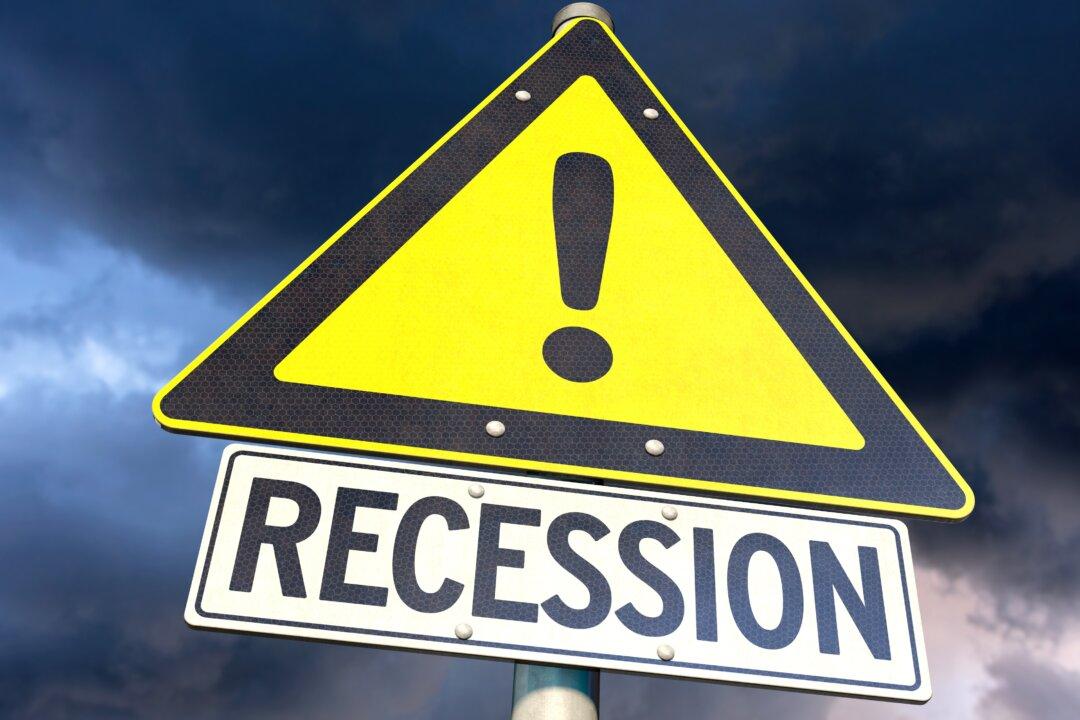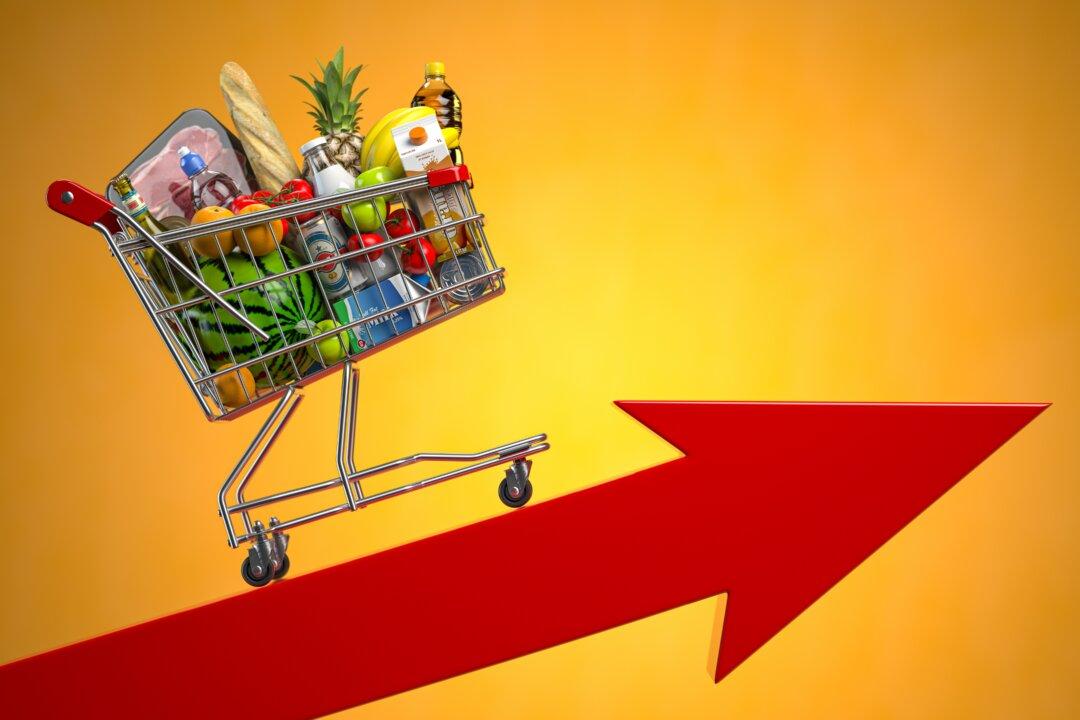Commentary
The U.S. federal government’s Bureau of Economic Analysis (BEA) released its final estimates for real GDP in the fourth quarter of 2021. While the headline was practically unchanged from prior releases, there were minor alterations in some of the data details. Those details, though not earth-shattering, they do provide an important window into the big economic themes dominating 2022 already.





